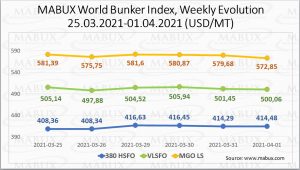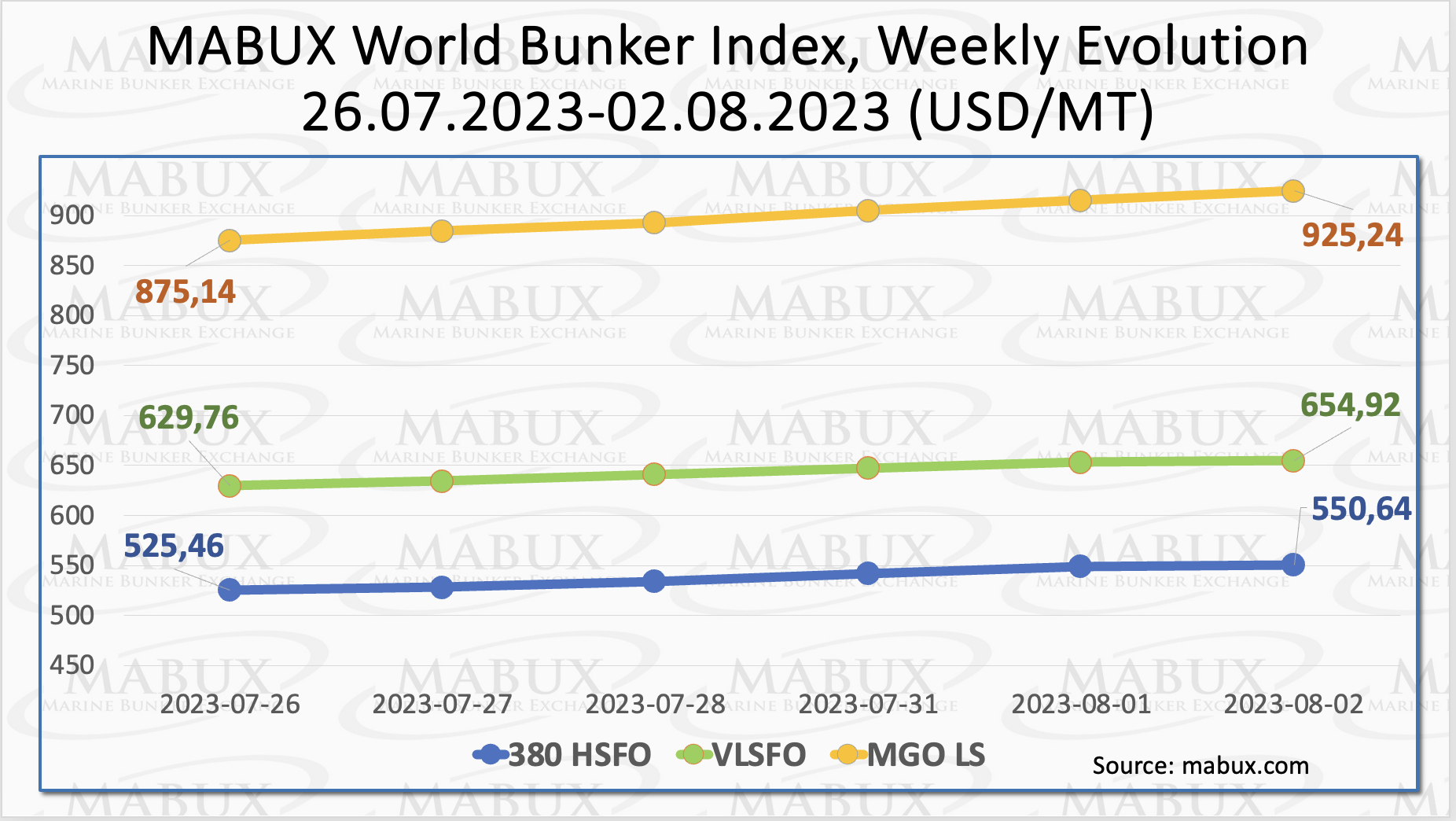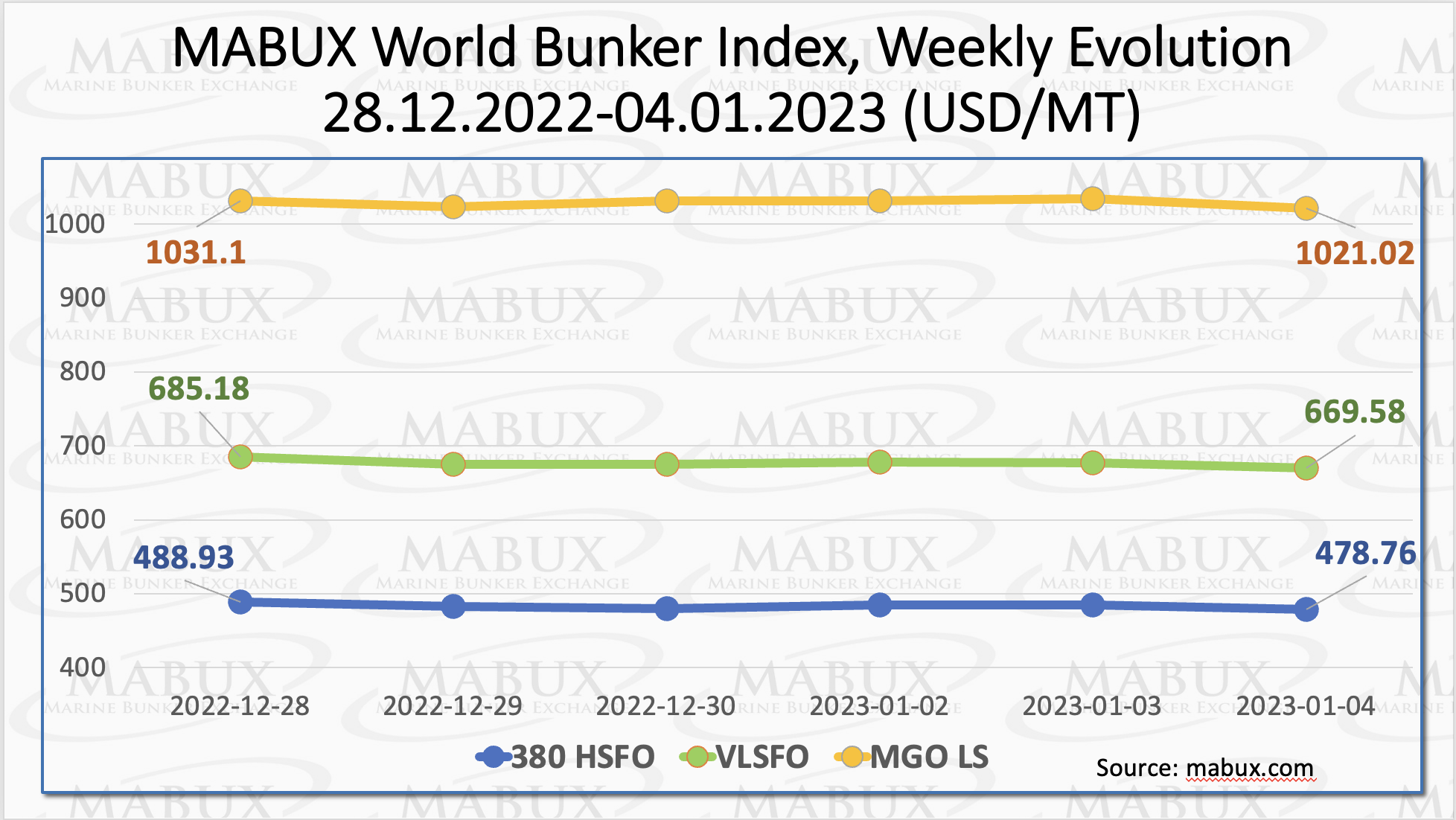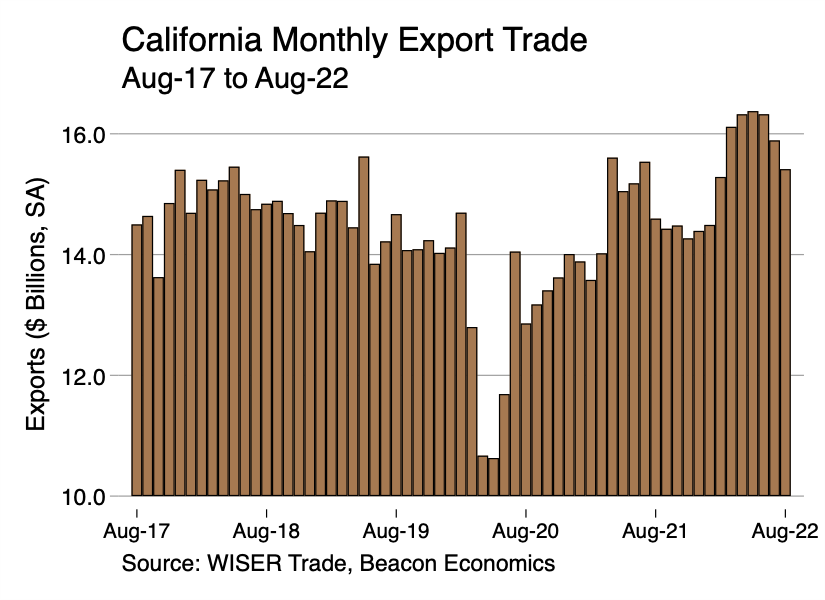

MABUX World Bunker Index has shown irregular changes during the week. The 380 HSFO index has increased from 408.36 USD/MT to 414.48 USD/ MT (+6.12 USD), VLSFO has lost 5.08 USD: from 505.14 USD/MT to 500.06 USD/MT. MGO LS decreased by 8.54 USD from 581.39 USD/MT to 572.85 USD/MT.

The Global Scrubber Spread (SS) – the difference in price between 380 HSFO and VLSFO – continued to decline during the week and averaged 89.41 USD (98.79 USD last week).
SS Spread in Rotterdam has increased during the week from 88.00 USD up to 95.00 USD (+7.00 USD), the average SS spread for the week has also increased by 2.84 USD from 90.83 last week to 93.67 USD. In Singapore, SS Spread has slightly increased during the week by 1.00 USD: from 103.00 USD to 104.00 USD, while the average weekly SS index rose by 5.00 USD: from 99.17 USD last week to 104.17 USD.

Correlation of MBP Index (Market Bunker Prices) vs DBP Index (MABUX Digital Benchmark) in the four global largest hubs during the past week showed that 380 HSFO remain undervalued in three selected ports in a range from minus 9USD (Houston) to minus 26USD (Singapore). This kind of fuel is overcharged in Fujairah by 4USD. VLSFO according to DBP Index, is undervalued in a range from minus 10 USD (Rotterdam) to minus 27 USD (Singapore) in all selected ports except of Houston, where it is overpriced by +24 USD. MGO LS was also overvalued in Fujairah (+4USD) and Houston (+22USD). In Rotterdam and Singapore this type of fuel was underpriced by minus 36USD and minus 39USD respectively.

European bunker hubs continue to have readily available supplies of low sulphur fuels. The Suez Canal blockage has delayed vessel traffic to European ports during the week. Some East Mediterranean ports have seen stems delayed and cancelled, including Limassol in Cyprus. At the same time, suppliers were able to deliver VLSFO and LSMGO with 1-2 days’ notice in Piraeus, Malta and Istanbul.
South African ports, and especially Port Elizabeth, have had reduced availability of HSFO180 for months. Nearly half of South Africa’s refinery capacity has been offline since last year, when a fire and an explosion sidelined two refineries on different occasions. South African suppliers have relied on imports of distillates and fuel oil to cover some of the domestic production shortfall, and availability of higher-value VLSFO and LSMGO products has been better than for HSFO180. While Fujairah’s bunker market has mostly recovered from production issues two weeks ago, supply is now tighter as blending components have been held up in delayed tankers at the Suez Canal.
There should be sufficient product stored in Singapore to meet a potential uptick in demand from eastbound vessels delayed by the Suez Canal blockage, but there has not yet been any noticeable increase in enquiries from these vessels. At the same time, ongoing maintenance work at two local refineries has crimped resupply volumes to Far East Russian ports. Only one supplier has LSMGO available and limited volumes have pushed Russian prices for that kind of fuel up and above those in competing South Korean ports.
Source: Mabux
Follow on Twitter:
[tfws username=”MabuxAB” height=”700″ width=”350″ theme=”light” color=”#FAB81E” tweets=”2″ header=”yes” footer=”yes” borders=”yes” scrollbar=”yes” background=”yes”]













